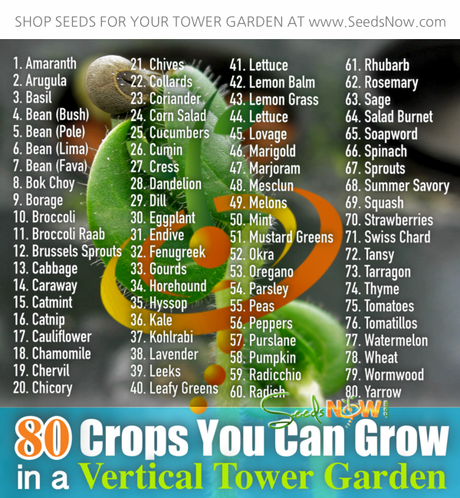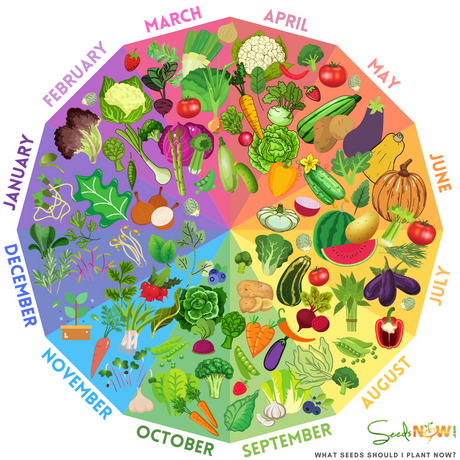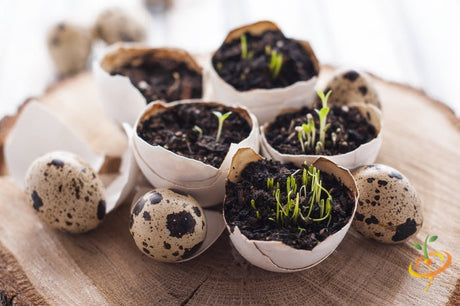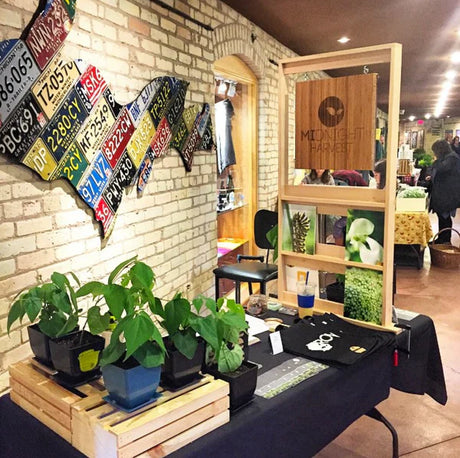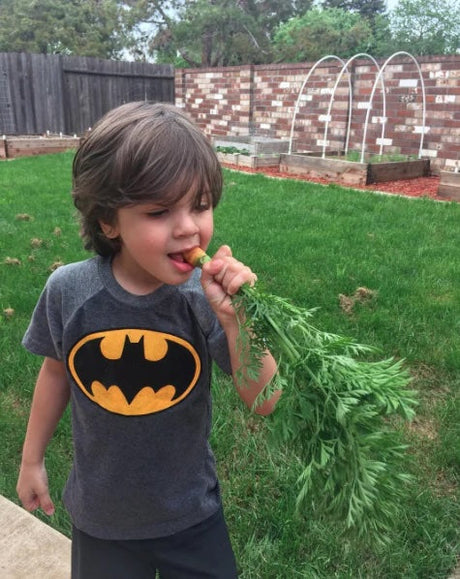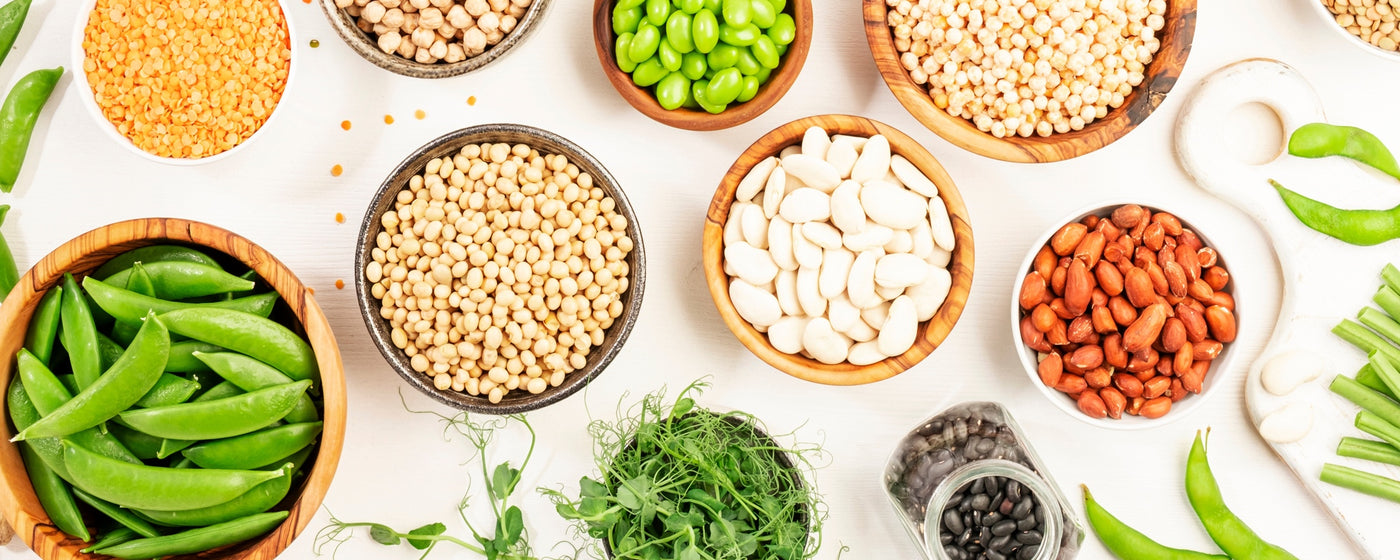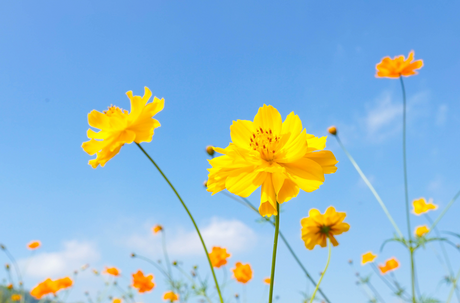If you aren’t willing to put in the time and energy to manage weeds, you just can’t be a successful organic gardener. Sorry. On the bright side, with some mulch and a modest, regular time commitment to weeding, you can keep ahead of the weeds.

Why are weeds such a problem?
You won’t be able to see most of them, but if you dig a shovelful of soil out of the ground, there are almost certainly thousands of weed seeds in it. Scientists and farmers call this large mass of seeds the “weed seed bank.” Each of the seeds in this bank is alive and waiting for the right conditions to germinate and grow. Unfortunately, when conditions are right for your tomatoes, okra, or peas, they are also right for at least some of those weed seeds, and you need to take action to keep the weeds from out-competing your desired plants.
To make matters worse weed-wise, most gardening involves what are called annual plants, which must be grown from seed every year. While annual plants often grow quickly, they start out small and often do not compete well early in their lives with other plants that are trying to claim the same sunlight, water, and soil nutrients. Some plants are particularly poor at competing with weeds. Onions and their relatives, for example, have only a few narrow leaves that allow a lot of light to reach the ground around them. Light striking the ground encourages weeds to grow. Some other annual plants like tomatoes get large and have a plant structure more suited to shading out competitors, but they take long enough to reach their “adult” size that for much of the season there is a lot of exposed ground around for weeds to grow in. The saying “Nature abhors a vacuum” certainly applies to weeds – if you don’t prevent it somehow, any open, exposed soil will grow weeds.
Unfortunately for gardeners, some of the seeds in the weed seed bank can (and do) wait for years, or even decades, before germinating. As a result, even if you do a perfect job of weeding your garden (thereby preventing weeds from growing, flowering and adding new seeds to the bank), you will still have weeds every year. If you weed regularly, however, you should have less and less trouble with weeds as the years go by.
What makes a plant a weed?
In one sense, a weed is anything you don’t want in your garden. Weeds range from the harmless and easy to manage (so-called “volunteer” tomatoes, for example, that grow from the seeds of fruit you didn’t harvest the past year) to the nasty (such as Canada thistle, which can take over and ruin your garden unless you take aggressive steps to control it). One person’s weed may be another person’s treasure (the herb chamomile is one example of this – some people love it and some hate it).
How to manage weeds?
The single best way to manage weeds is not to allow them to grow in the first place. Having soil exposed encourages weeds to grow, so keeping as much of your soil covered as much of the time as possible is goal number one. While you might want to expose your whole garden at the beginning of the season to add fertilizers or soil amendments, and you will need to uncover parts of it to plant certain seeds, most of your garden can be covered most of the time with mulch of some kind or other. See the entries under mulch for a discussion of different materials for mulching and how to use them. Weeds will still germinate under your mulch, but many of them will be unable to push through the mulch, and those that do make it through the mulch will be weak and easier to pull out than if they had grown from unmulched soil.
Whether you mulch or not, you will still have to deal with at least some weeds. Organic farmers use many different tools to kill or remove weeds, but in a garden your two main options are hand weeding (often with some kind of small tool to help you) and weeding with a hoe (see tools). However you weed, it is critical to remove the roots of your weeds. If you rip off or slice off only the tops, the roots will send up new stems and leaves and it will be even harder to get the roots out than it would have been before. It is often easiest to weed after a rain or after watering your garden because the roots come up more easily. However, if you pull weeds out of wet soil and let them sit in contact with the ground in your garden, you’ll be surprised by how many of them can reestablish their connection to the soil and survive. For this reason it’s important to physically remove pulled weeds from your garden (to your compost pile, for example), or at least to make sure that their roots can’t reach the soil.

Gardeners with small plots (and those who are very conscientious users of mulch) may never do anything other than weed by hand. At one level, hand weeding is simple – find a weed, pull it up. In practice, pulling weeds so that you get the roots out takes some practice, and may involve a trowel, some kind of probing tool, or even a spade for large weeds (see tools for pictures of these implements). Weeds can also sometimes be difficult to tell apart from your desired crops. This can happen, for example, when you are growing plants from seed and the young plants have just emerged from the soil. There may be weeds growing in with them, but you can’t tell the weeds apart from your seedlings. Usually all you need to do is wait a few days to a week and let all of the plants grow a bit bigger, at which point you should be able to tell them apart and pull the weeds. If your plants are small (or the weeds are big), you may need to use one hand to hold down the soil around your desired plants while you pull nearby weeds with your other hand.
Weeding with a hoe
If your garden is large and/or there are large exposed spaces (between young tomato plants, for example), you may want to use a hoe to dig out weeds (see tools). Using a hoe involves a chopping motion that you will need to figure out on your own. Remember, though, that your goal is to uproot weeds, not to just cut their stems off. If you have a hoe with a narrow head and want to try it out, you may be able to hoe out even very small weeds from close to small plants. A hoe should be kept sharp, and if you use a hoe a lot (especially in hard or rocky soil), you will need to sharpen it periodically with a file or bench grinder.
What to do with weeds once you pull them out
What you do with weeds once you’ve pulled or hoed them out of the ground depends on several things. If it’s wet out (or likely to rain soon), weeds that you leave sitting on top of the soil may re-root themselves and start growing again, so it is important to take the weeds out of the garden, perhaps to a compost pile. If it’s dry out, you can arrange the weeds around your desired plants and use them as a form of mulch to keep other weeds from growing. If the weeds have begun to produce seeds, it’s important to take them out of the garden and put them somewhere other than your compost pile (some composting methods kill weed seeds, but others do not).
← GO BACK TO GROW GUIDES

